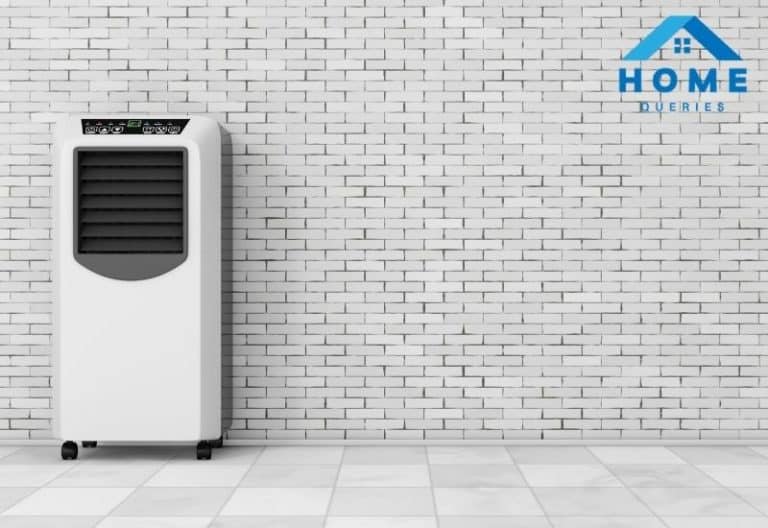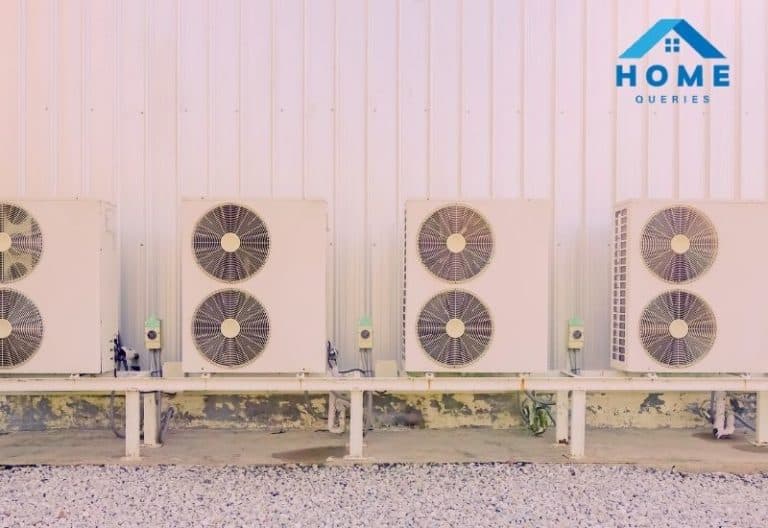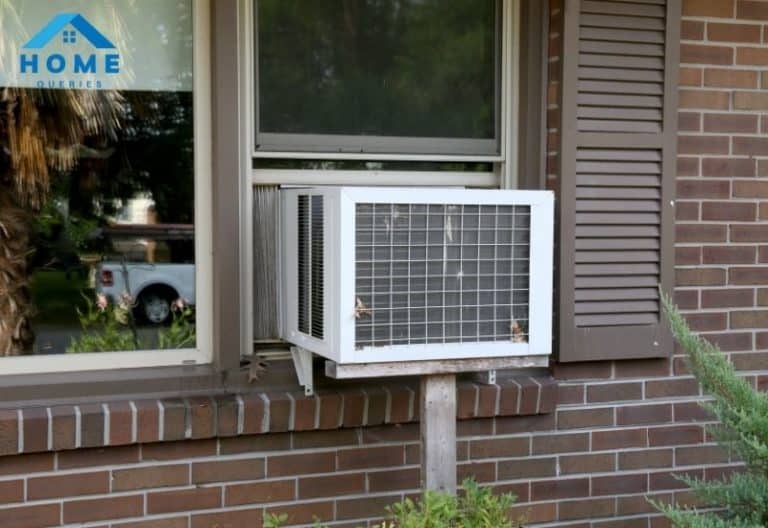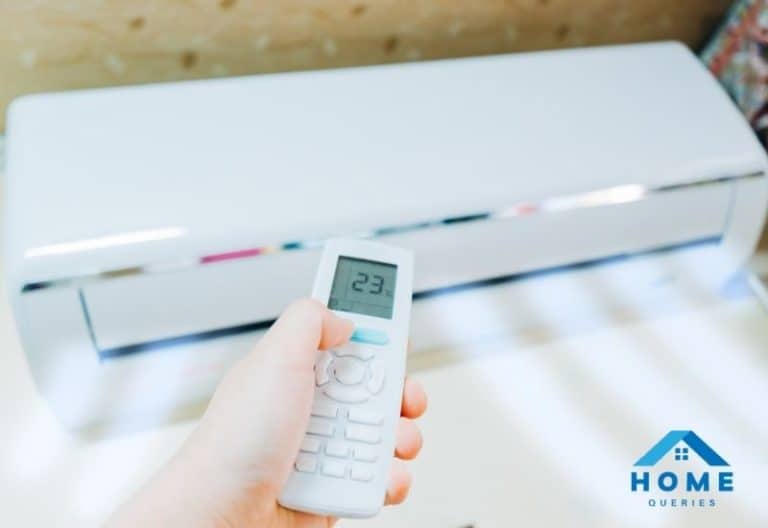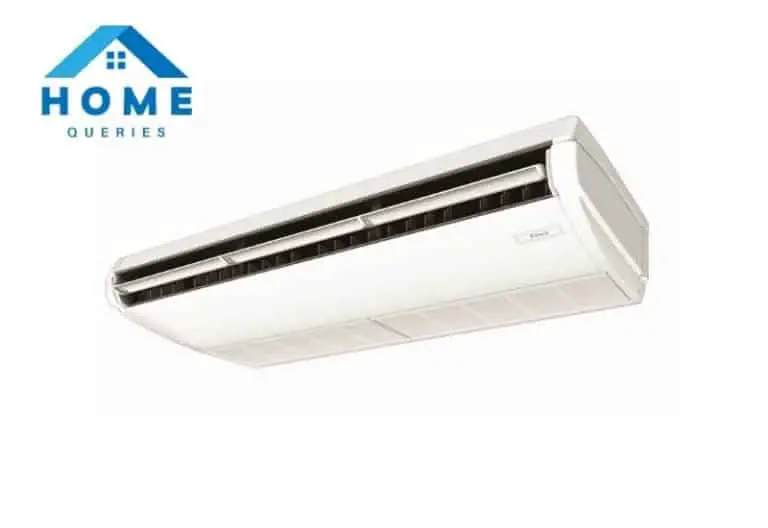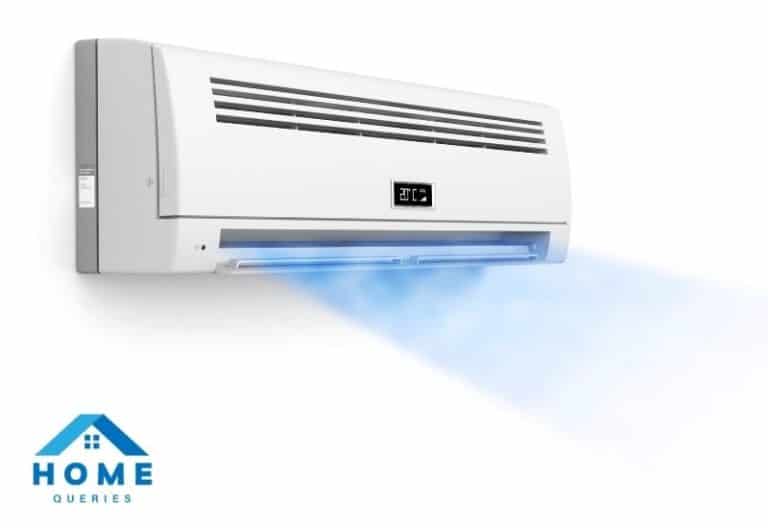Few things are often more irritating than an unexpected power outage. Generators can save your life, but you’ll need the correct size to meet your demand. But do you know what size generators do you need to run a window air conditioner?
The variables that determine an AC unit’s requirements are numerous, as is the importance of satisfying them.
A 10,000 BTU Window AC Unit, for example, has an initial watt of 3000 and a constant watt of 1200. A generator can only power this with a max capability of 4200 watts. Let’s find out some things about generators to run a window air conditioner.

What Size Generator Do I Need to Run A Window Air Conditioner?
Generators with an energy capacity of 1200-5000W per 5000-10,000 BTU can provide enough power to run a window air conditioner. This amount may vary depending on the additional starting watts necessary for the compressor to start. Read on to discover more about how to find the best generator.
Is it possible to run an air conditioner on a generator?
Absolutely, a generator can drive an air conditioning unit. However, if you try to connect an AC unit to a generator that really isn’t powerful enough, your machines may be harmed. The wattage of each air conditioner differs. Please continue on to the section where we explain the factors at play to figure out what works best for you.
What Really is the Impact of Generator Size?
Understand that just as a generator that is too large may be a waste, so can one too tiny. It is worthwhile to go through the trouble of striking a balance since it will guarantee your investments in the long term. If you make any of the following blunders, buying a generator might become a waste of money:
Too Small Wattage
A generator with such a watt rating that is too low will use more power than is required and produce too much heat. Overheating, fires, or, worse, an explosion might occur if the system is overloaded. Not only would this harm the generator, but it will also harm all adjacent equipment. Even if it meets the power requirements, the overload will result in increased maintenance costs and reduced output.
Too Much Wattage
A unit that is too large for your needs will have a low-efficiency rate since the generator will not use it to its full capacity. You will have to pay more, not just at the time of purchase but also for the regular expense of gasoline.
Variations of Generators
There are many distinct categories of generators. Depending on loads, fuel consumption, phase count, and other factors differ. Also, there are solar and battery-powered alternatives in the marketplace. Their size is determined by the maximum power they can handle.
Manufacturers now have generators capable of powering whole companies with Megawatt ratings and smaller household generators ranging from 5000W to 50,000W.
Choosing the right size
Finding a generator of various sizes and capacities with a little mathematics becomes pretty straightforward. The watt consumption of your window air conditioner may be found in the buyer’s guidebook or via a motors workload guide.
The sum of your generator’s operating and starting wattages is the average power it must provide. The energy required to keep a machine running is the running watt. The compressor’s initial watt refers to the burst of force necessary to overcome inertia and start.
These measures are usually listed on the unit’s identifying plate or in the operator’s handbook.
Things that Impact Generator Size
Wattage Consumption
So now you calculate the actual wattage consumption of an air conditioning unit, but what if it isn’t the only object that has to be powered? Here’s how to calculate the required watts.
- Apart from the window air conditioner, figure out what you’ll need to keep running in the event of a power loss.
- Examine the AC unit’s operating and starting wattage, as well as any other components.
- If the watt rating isn’t listed on the back, obtain the following VOLTS X AMPS = WATTS.
- Add up all of the running watts and the greatest beginning watts.
- Consider the run-time of each gadget while you’re at it, and mark off those that you’re unlikely to activate. Take, for example, a dishwasher. Is dishwashing required during a power failure? Isn’t it possible to try and replace it with a faucet? Shorten the list by using this cross-question method.
The averaged wattage capacity your generator must support is the outcome of this calculation.
Load Types
Reactive Loads
Operate with capacitors and resistors in systems that create an alternating current as electrons flow across them. These are non-resistive and use a great deal of energy. Then the window air conditioner is a reactive load.
Resistive Loads
Directly convert the electricity given to them into heat energy. Because they are clear in their job, they use less energy. This is an important consideration if you plan to use lights, heaters, or filament bulbs with your air conditioner.
Means of consumptions
However, the capacity of a generator is determined by how you want to use it. The decision between standby and prime power models is critical in this situation.
The Most Powerful
It’s the primary way to generate energy for a certain purpose. When community electricity is unavailable, prime-rated generators are used. They can handle a 70 percent average load and a ten percent overload.
Power Reserve
In a power loss, it serves as a stand-in for the central power source. Generators with a standby rating of 70 percent or above offer emergency power. Overloads, on the other hand, are not tolerated.
Consider the difference between a 200 KVA prime generator and a 230 KVA backup generator. Both generators would perform well up to 70% of their rated capacity. Unlike a backup generator, a prime-rated generator can handle an additional 20 KVA if power exceeds.
Drop-in voltage
A voltage dip in the system might be caused by short circuits, overheating, or the activation of motors. Not all of the devices that are connected to your system have the same voltage drop tolerance. As a result, a generator must be large enough to withstand the maximum voltage drop tolerance. You could benefit from gaining a better understanding of how voltage dips operate and how to calculate them.
Fuel
The issue of “how much gasoline does my generator require” isn’t the only one you should be concerned about. The main question is, “What sort of fuel does my generator require?”
The fuel type you choose impacts the size of your generator. A gas-powered generator, for example, is less expensive than propane. However, a petrol-powered generator is always larger owing to derating. A full evaluation of generator fuel options may be of considerable assistance.
What Are the Benefits of Using a Proper Size Generator?
Choosing the appropriate generator will benefit you in more ways than simply the comfort of your air conditioner.
- The energy output and input ratios will become even more balanced. As a result, the generator will operate at peak efficiency.
- Not only will the generator’s life expectancy grow, but so will the life expectancy of the linked equipment. In this situation, it’s your window air conditioner.
- As you travel through the variables, the risks of damage will decrease, making it incredibly trustworthy.
- There will be less need for general upkeep if there is no overstressing.
- Your security and the protection of your valuables are guaranteed since the unit will not be overloaded.
Maintaining Control Over The Generator
After finishing each process and finding the appropriate generator, you may be wondering how to maintain the device. Here are a few pointers to help you make all of your preparations worthwhile.
- Keep an eye on the power use. Because human error is always a possibility, double-check that it pertains to your past findings.
- Check the engine’s coolant level during periods of downtime.
When the generator is not in use, always empty the tank. Every time, provide clean and suitable fuel.
- Regularly lubricate the system. This procedure protects the ecosystem from erosion and environmental harm caused by ambient temperatures and humidity.
- Always keep a record of your generator’s operation. You’ll be able to see what condition it’s in at any given time this way.
Do Window Air Conditioners Cost a Lot?
Each 10,000 BTU window air conditioner uses roughly 500-1400 watts of energy on usual. This is half of the 3500W used by central air conditioners. With all this in mind, it’s evident that window air conditioners use very little power. However, they only drink as much as is required.
Run-time Of Window Air Conditioner
It is safe to leave a window air conditioner on all day. The components are made to work indefinitely and will not burn out or quit functioning. You’re good to go with a routine maintenance check of the device and clean air filters. However, keep in mind that operating a window air conditioner continually costs twice as much.
Final verdict
After all of these processes, finding a large generator may seem daunting. Your efforts will produce fruit if you keep your anxiousness away, attentively follow our suggestions, and be motivated to invest in a quality generator. After all, nothing beats a perfectly sized generator for a high-efficiency window air conditioner.

